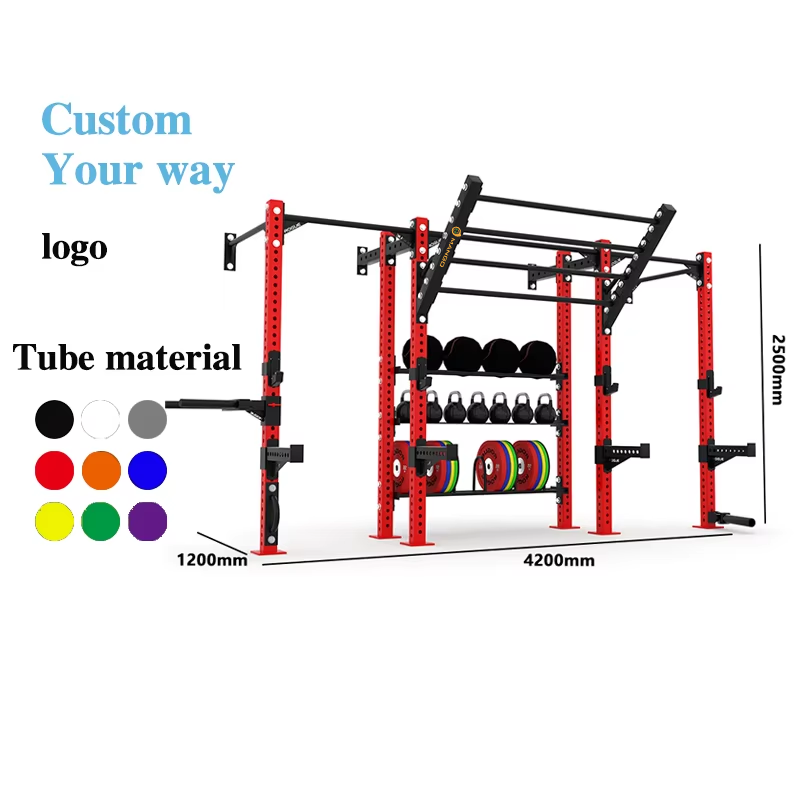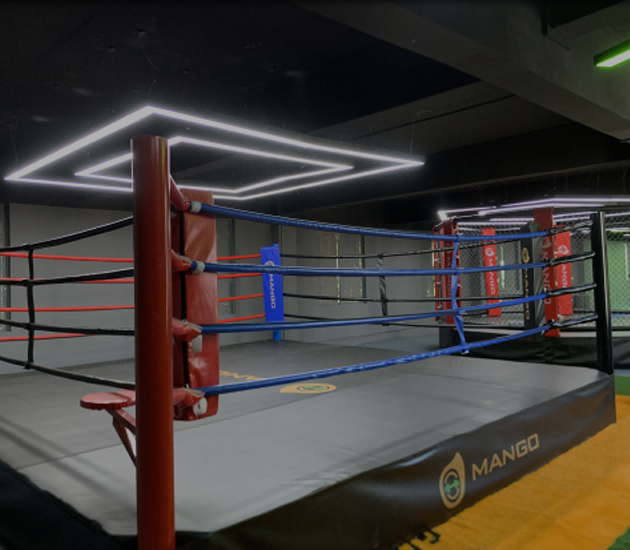When setting up a gym—whether it's a professional fitness center or a home workout space—one of the most common dilemmas is choosing between a Multi Functional Training Rack and a Power Rack. While both are staple pieces of strength training equipment, they serve different purposes and are designed with distinct features in mind. This article breaks down the differences in function, structure, and applications to help you decide which one best suits your training needs.

A Multi Functional Rack is designed for versatility. It combines multiple workout stations into one compact unit, often integrating:
Squat rack
Pull-up/chin-up bars
Cable pulley systems
Smith machine functionality
Dip bars
Landmine attachments
Storage pegs for plates and bars
This all-in-one station supports a wide range of exercises, including strength training, functional fitness, bodyweight movements, and even resistance band workouts. It’s ideal for gyms looking to maximize floor space without compromising on training options.
A Power Rack, also known as a power cage, is built specifically for free-weight strength training. It’s designed to safely handle heavy barbell lifts such as:
Squats
Bench presses
Deadlifts
Overhead presses
Power racks typically come with adjustable safety bars and J-hooks, allowing users to lift without a spotter. They don’t include cable systems or accessory functions unless upgraded with attachments.
Footprint: Slightly larger due to added features
Frame: Often constructed with 11-gauge steel, offering high stability
Attachments: Modular, allowing the addition or removal of components
Customization: Color, size, and accessory combinations can often be tailored
Footprint: More compact, straightforward design
Frame: Heavy-duty steel frame with four upright columns
Simplicity: Fewer moving parts; easier to maintain
Fixed Features: Focused on barbell support and safety
Commercial gyms that need to serve multiple users with limited space
Personal training studios that offer circuit-style training
Functional fitness centers or CrossFit boxes
Home users looking for a comprehensive setup
Powerlifters and strength athletes
Users focused on compound barbell movements
Gyms offering Olympic lifting or dedicated strength areas
Home users with a barbell-and-plates training routine
| Feature | Multi Functional Rack | Power Rack |
|---|---|---|
| Exercise Variety | High – supports multiple modalities | Moderate – focused on barbell exercises |
| Footprint | Larger (due to multifunctionality) | Smaller and more compact |
| Ideal for Beginners | Yes – guided movements and accessories | Moderate – requires proper technique |
| Training Focus | General fitness, functional & strength | Pure strength and hypertrophy |
| Price Range | Higher (due to more components) | More affordable |
If your goal is to maximize training versatility and you have the space and budget for it, a Multi Functional Training Rack is the superior choice. It allows for a full-body workout, supports multiple users, and is ideal for commercial and group training environments.
However, if your primary focus is barbell-based strength training and you prefer a simpler, more cost-effective solution, a Power Rack is perfect. Its sturdy design and built-in safety features make it a trusted favorite among powerlifters and home gym enthusiasts alike.
Ultimately, both racks are excellent investments—your choice depends on your training goals, available space, and the level of versatility you need.
